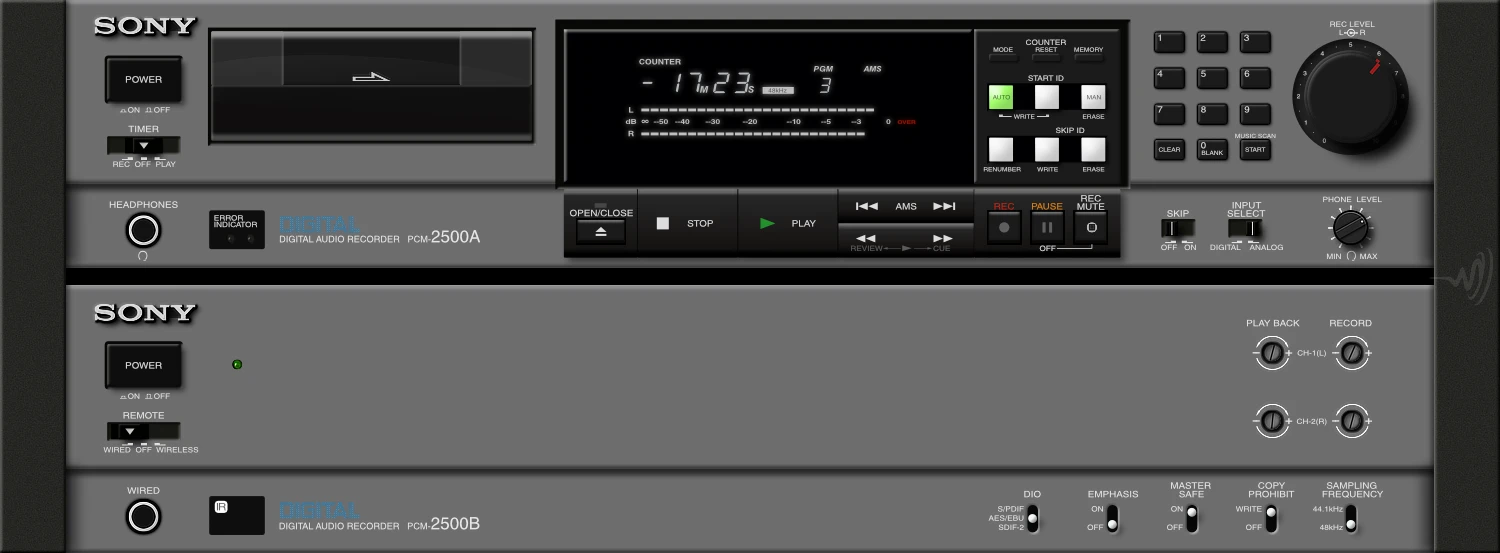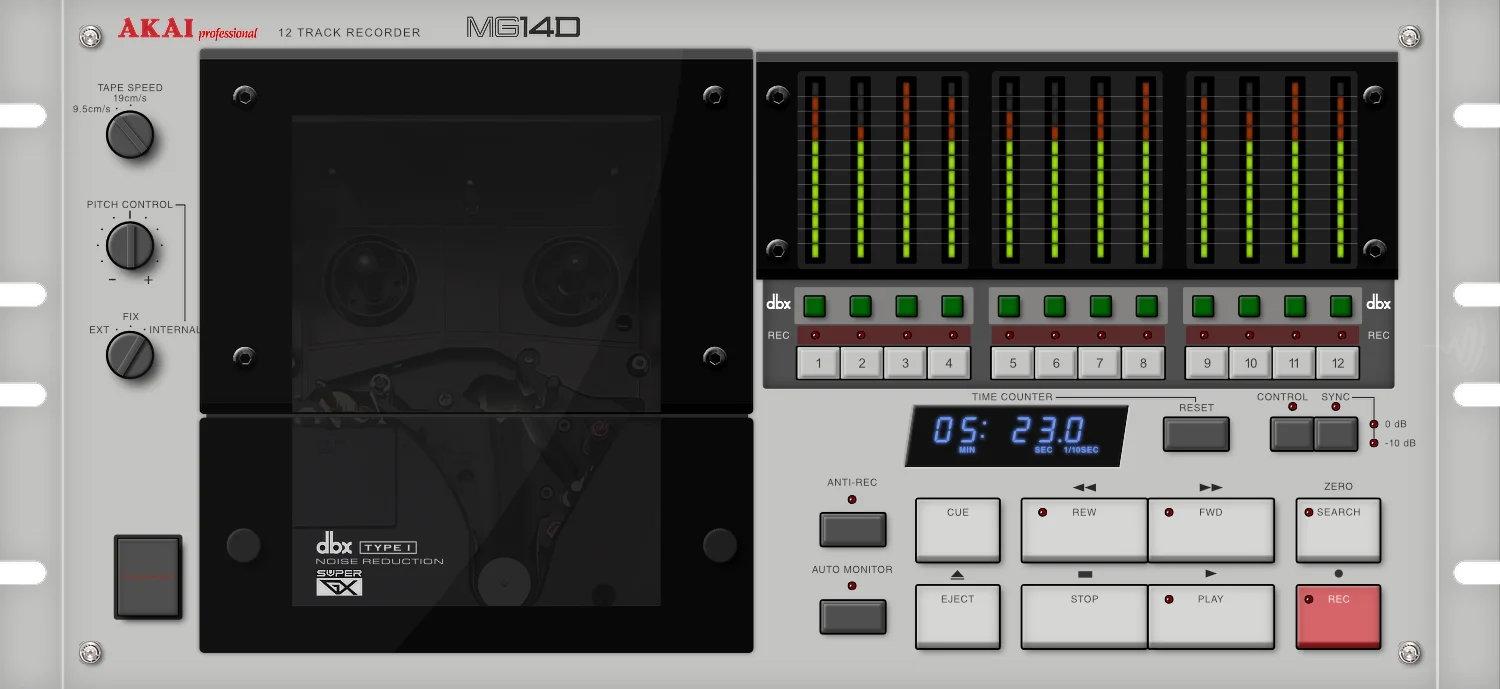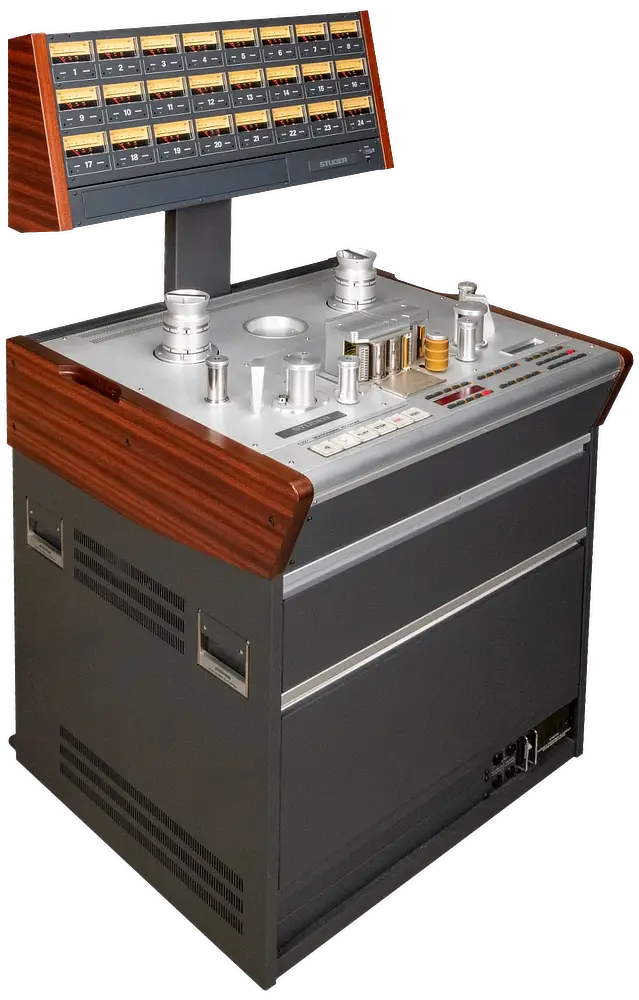Released in 1984
Fostex B-16 Multitrack Tape Recorder
Upon its release, the Fostex B-16 Multitrack Tape Recorder gave smaller project studios access to a 16-track tape machine that delivered both performance and affordability for the first time. This marked a significant milestone in home and project studio recording, as the B-16 offered professional-grade multi-tracking capabilities at a fraction of the cost of larger studio machines. With its compact design and reliable sound quality, it allowed independent musicians and producers to create more sophisticated recordings without relying on expensive commercial studios, contributing to the rise of home-based music production in the 1980s.













